#wildlife: south africa
Text

A spotted hyena (Crocuta crocuta) relaxes in Madiwke Game Reserve, South Africa
by flowcomm
#spotted hyena#hyenas#crocuta crocuta#crocuta#hyaenidae#carnivora#mammalia#chordata#wildlife: south africa#wildlife: africa
456 notes
·
View notes
Text





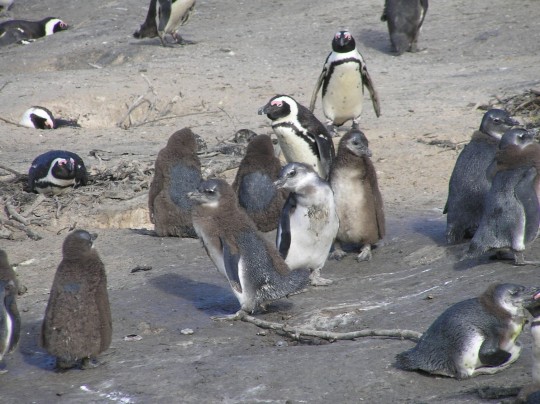



The young penguins of South Africa shed their down, preparing for the struggle to come. Since their habitat was destroyed by mining, eggs are laid on sand instead of burrows, and the exposure to the elements kills many eggs before they hatch. Parents are forced to venture many more kilometers out to sea to find fish, as trawlers empty the ocean for distant tables. Regulations limiting fish harvests is desperately needed, not only for sea birds but for people who traditionally make their living fishing off the coast. In international waters, trawlers have total freedom, which can collapse fisheries. Alternatively, reducing ocean fish in your diet can counter this problem.
#south africa#africa#original photography on tumblr#wildlife photography#african birds#african penguin#penguin#ocean life#ocean conservation
322 notes
·
View notes
Photo

By The_Wanderinglens
Kapama, South Africa
#curators on tumblr#elephants#africa#travel#nature#elephant#animals#wildlife#pink#sunrise#south africa#kampana#southern africa#the wanderinglens
658 notes
·
View notes
Text
Parahyaena brunnea
Mostly due to habitat loss, brown hyenas are the rarest of the hyena species, with 4-10 thousand individuals in the wild. There are 30-50 thousand wild spotted hyenas, for comparison.
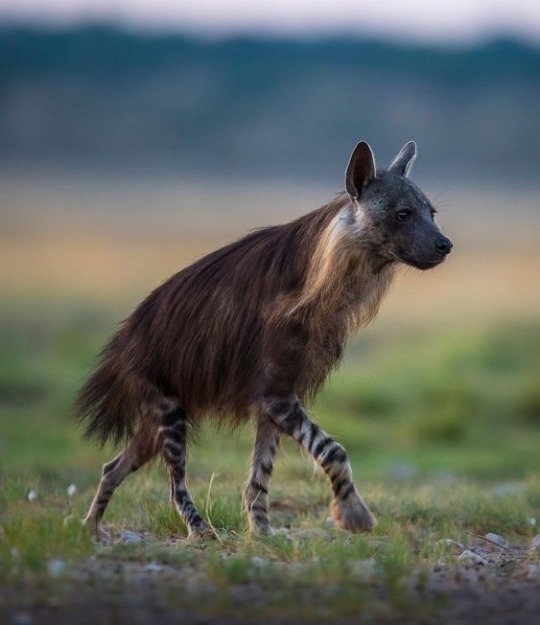
Brown hyenas are also known as strandwolves, which means "beach wolves" in Afrikaans, a language spoken primarily in South Africa. This name was given to them because brown hyenas in coastal areas spend a lot of time walking down beaches in search of food, and maybe to unwind after a long day. Some of the largest brown hyena populations are found in these coastal areas of Southern Africa, but there are also large populations in the Kalahari desert.

Although the name strandwolf suggests it, brown hyenas are not closely related to wolves or other canines. They can resemble canines, but hyenas are more closely related to cats than dogs. Their closest relatives are mongooses and civets. The photo below shows an African civet.
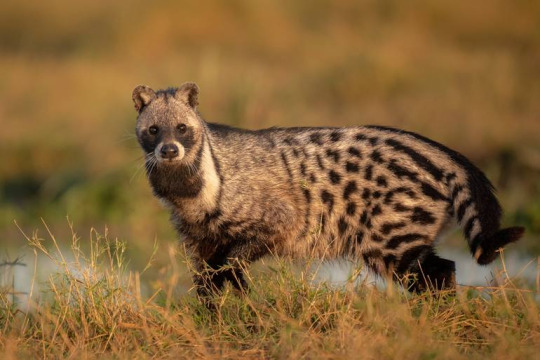
Brown hyenas are generally smaller than striped and spotted hyenas, but they can still get pretty big, weighing up to 90 pounds (40.8 kg). This size and their powerful jaws make them seem like formidable predators, but they're pretty bad hunters. They mostly scavenge for food or steal it from more capable hunters like cheetahs, leopards, and jackals. Since they can digest bones, hooves, horns, hair, and skin, they can basically eat every scrap food they find. Brown hyenas often live in groups, but this scavenging is done on their own.
Their clans are much smaller than those of spotted hyenas, and the structure is more similar to a wolf pack; most hyenas in the group are the offspring of the dominant hyenas. Brown hyenas are very social and form close bonds with other hyenas.
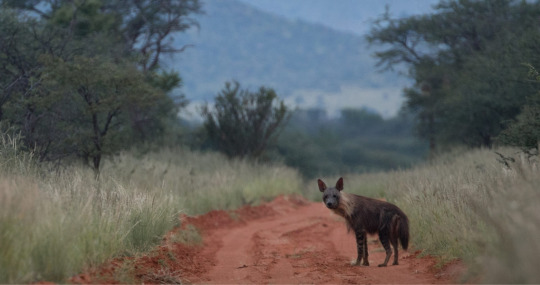
I rate the brown hyena 17/10. I like them. They seem a little bit lazy with their poor hunting skills and walks down the beach


Photo credits:
(1) Christophe Jobic (2) Mario Nonaka (3) Yarin Klien (4) Thilo Beck (5) Johan Swanepoel (6) Joel Sartore
#brown hyena#brown hyenas#hyena#hyenas#animals#biology#nature#science#wildlife#zoology#animal#wild#african animals#hyaena#south africa#Africa
403 notes
·
View notes
Text

A fruit bat hangs from a branch in South Africa.
Annick Vanderschelden/Getty Images
#annick vanderschelden#photographer#getty images#fruit bat#bat#animal#mammal#wildlife#south africa#nature
119 notes
·
View notes
Text



The oldest lioness of the Shishangaan Pride. Photographed by Bill Drew in Singita Game Reserve, Lebombo, South Africa.
61 notes
·
View notes
Text
Vida's Sheep Jumping Spider: researchers believe that these tiny spiders developed their "woolly" appearance as a way to mimic lacewing larvae or scale insects

The scientific name for this species is Oviballus vidae, but it has also been referred to as the "sheepy jumping spider" or "Vida's jumping spider." It was discovered in 2015, and first described (in a formal context) back in 2020.

As this article (PDF) describes:
Recently, two new salticids, R. legitima and Oviballus vidae were described from South Africa, and suggested to be mimics of either scale insects (Hemiptera: Coccoidea) or lacewing larvae (Neuroptera: Chrysopidae), due to their white colouration and the presence of peculiar tufts of white setae on the body.

The possibility of [scale insects] being the model is supported by Oviballus vidae being regularly collected from plants with woolly scales, although the movements of O. vidae quite closely resemble those of chrysopid larvae.
In fact, a fourth species of possible scale mimic, a new Rhene species, was recently discovered in a collection of salticids
from southern Mozambique, indicating that this phenomenon may be more widespread than has previously been known or even suspected.

O. vidae was named after Vida van der Walt, the photographer who captured some of the first images of these spiders back in 2015, just after the species was discovered by Dr. Galina Azarkina. Vida van der Walt also took the photographs that appear in this post.
Sources & More Info:
Arthropoda Selecta (scientific journal): Rediscovery and Redescription of Rhene cooperi, another possible mimic of scale insects (PDF)
Spider Club of South Africa: Two New Species Named After SA Photographer (PDF, with the relevant info on page 5)
Field Guide to the Spiders of South Africa: Section on Vida's Sheep Jumping Spider
#arachnology#jumping spider#oviballus vidae#mimicry#cute bugs#animal facts#lacewing larvae#scale insects#south africa#wildlife#cute spider#sheep jumping spider#arthropods#cw spiders#but it's a really fluffy spider
104 notes
·
View notes
Text
A mix of 160 Cape and African white-backed vultures to their new home at the Shamwari Private Game Reserve in Eastern Cape. Both rehabilitated vultures and purposely breed vultures.
The exclusive 54,300-acre reserve is patrolled by an anti-poaching team, and birds will be able to scavenge with little to no human exposure.
Vultures prevent harmful pathogens such as anthrax and brucellosis bacteria by destroying them in the vulture stomach.
24 notes
·
View notes
Photo
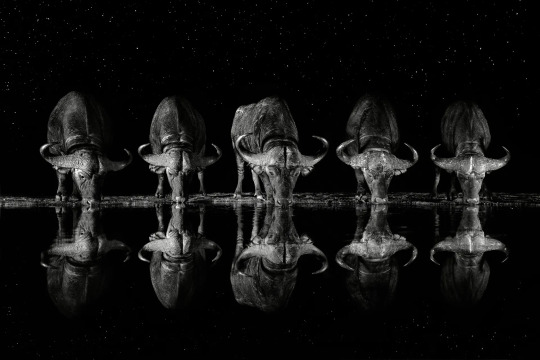
Photograph: Xavier Ortega
Available at Prints For Wildlife, a photography project to raise money to help safeguard 30m hectares of Africa’s protected parklands.
#south africa#buffalo#black and white#b&w#monochrome#minimal#wildlife#animals#nature#photography#cute#fauna#cute animals#wildlifephotography#peace#peace photography
409 notes
·
View notes
Text
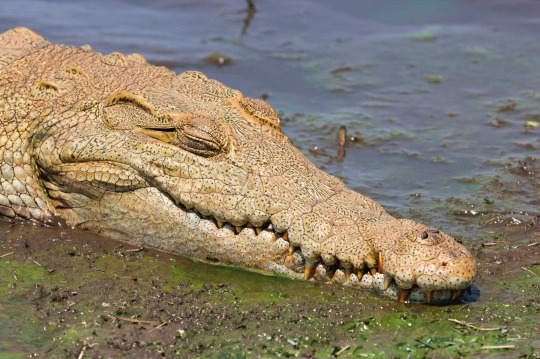

A living landscape, the Nile Crocodile
Sunset Dam, Kruger National Park. Really one of the places you gotta see if you're in Kruger. It's easy to get there.
#crocodiles#nile crocodile#crocodilia#my photography#wildlife photography#south africa#kruger national park#photographers on tumblr
17 notes
·
View notes
Text
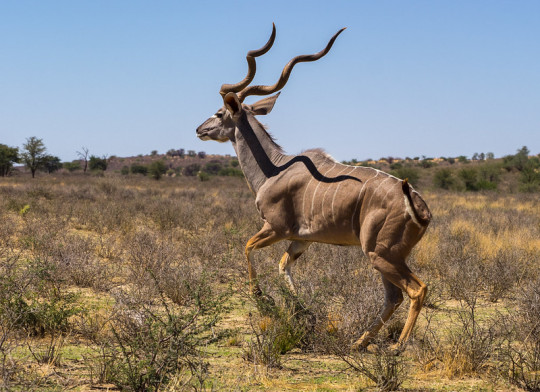
A greater kudu bull (Tragelaphus strepsiceros) in Kgalagadi National Park, South Africa
by jaffles
#greater kudu#kudu#antelopes#bovines#tragelaphus strepsiceros#tragelaphus#bovidae#artiodactyla#mammalia#chordata#wildlife: south africa#wildlife: africa
342 notes
·
View notes
Text
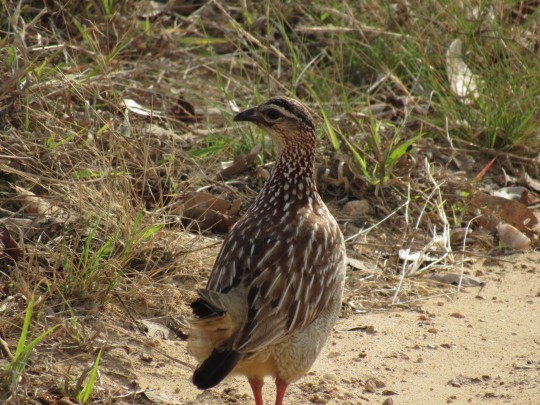
Crested Francolin, Waterberg, South Africa
228 notes
·
View notes
Text

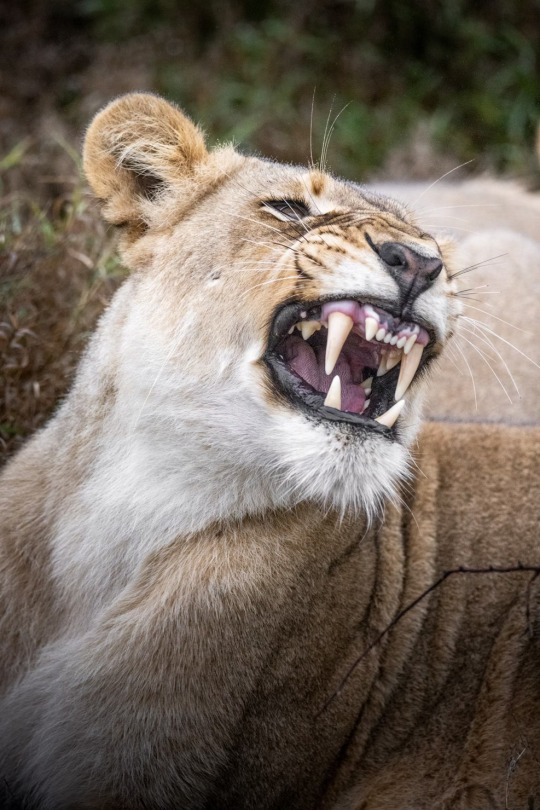
Kruger National Park, South Africa
redcharlie
12 notes
·
View notes
Text
A clip recorded without flash or lights in the Zimanga Private Game Reserve in South Africa. 🔊
The photographer spent three nights in a hide to patiently wait for this pride of lions.
📹: Varun Aditya
#Zimanga Private Game Reserve#South Africa#lions#animals#wildlife#Varun Aditya#wildlife photography#nature#wildlife sanctuary
39 notes
·
View notes
Text
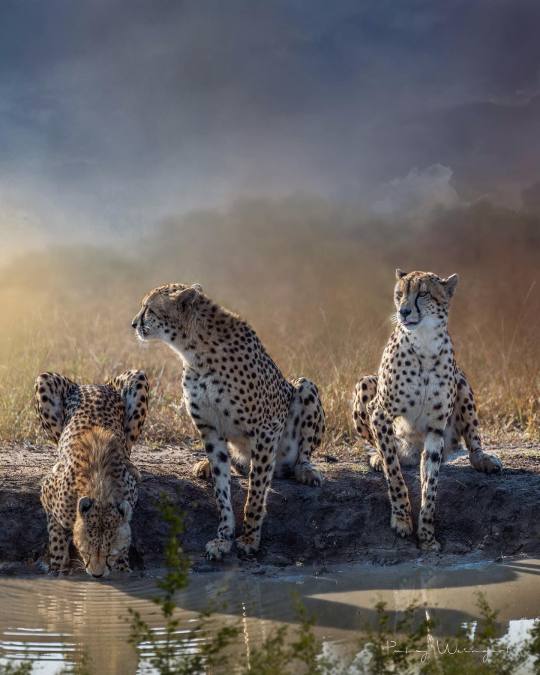


" Cheetahs everywhere. " //© Patsy Weingart
#Sabi Sabi Private Game Reserve#Sabie Game Reserve#Greater Kruger#South Africa#nature#landscape#summer#safari#savannah#wildlife#Cheetah#aesthetics#wanderlust#explore#follow#discover
359 notes
·
View notes
Text

A female aardwolf (Proteles cristatus), photographed in South Africa’s Benfontein Nature Reserve. Sliwa first headed here in 1991 to do fieldwork on this species of hyena, then became fascinated by the black-footed cat.
Image by Alex Sliwa.
#alex sliwa#photographer#aardwolf#proteles cristatus#animal#mammal#wildlife#nature#south africa#benfontain nature reserve#hyena
121 notes
·
View notes